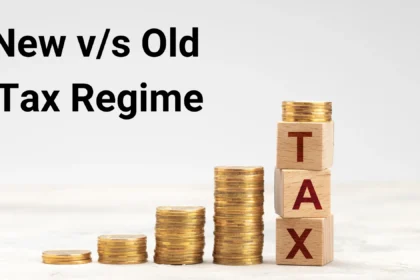The Union Budget 2023-24, presented by Finance Minister Nirmala Sitharaman on February 1, 2023, was a mixed bag of announcements for the personal income tax payers in India. While some of them welcomed the new slabs and deductions under the new tax regime, others criticized the lack of clarity and consistency in the tax rules. Here are some of the key highlights of the budget that affected the personal income tax scenario in India.
New Slabs Under New Tax Regime:
One of the major changes introduced by Sitharaman was the introduction of a new tax regime for individuals and Hindu Undivided Families (HUFs) with total income up to Rs. 7 lakh. Under this regime, taxpayers can opt to pay tax at lower rates but with fewer deductions and exemptions. The new tax regime also provides a standard deduction of Rs. 50,000 to salaried individuals.
The new tax regime has been hailed as a welcome move by many taxpayers who wanted to simplify their tax compliance and save on their tax liability. However, some experts have also raised concerns about the impact of this regime on certain sections of taxpayers, such as those who have high incomes from capital gains or foreign sources, or those who have investments in specified assets or sectors.
Increase in Limit for Tax Exemption on Leave Encashment:
Another significant change announced by Sitharaman was an increase in the limit for tax exemption on leave encashment on retirement of non-government salaried employees from Rs. 10 lakh to Rs. 25 lakh. This means that employees who opt for voluntary retirement schemes will not have to pay any income tax on their accumulated leave balance up to Rs. 25 lakh.
This change has been appreciated by many employees who were planning to retire early due to various reasons, such as health issues, work-life balance, or financial constraints. However, some employees may also face difficulties in finding suitable jobs after retirement or may lose out on other benefits such as pension or gratuity.
Reduction in Number of Basic Customs Duty Rates:
Sitharaman also announced a reduction in the number of basic customs duty rates on goods other than textiles and agriculture from 21 to 13. This means that there will be fewer slabs and lower rates for importing various goods into India under customs duty.
This change has been welcomed by many importers who were facing higher costs and delays due to multiple customs duty rates and procedures. However, some importers may also face challenges in complying with the new rules and regulations regarding valuation, classification, origin, and documentation of goods.
Launching Atmanirbhar Clean Plant Program:
Sitharaman also launched an Atmanirbhar Clean Plant Program with an outlay of Rs. 2,200 crore to boost availability of quality planting material for high value horticultural crops such as fruits and vegetables. The program aims to promote organic farming and reduce dependence on chemical fertilizers and pesticides.
This change has been seen as a positive step towards enhancing food security and nutrition security in India amid rising demand for fresh produce due to changing consumer preferences and lifestyles. However, some farmers may also face difficulties in accessing quality planting material at affordable prices or may face competition from other states or countries that offer better incentives or subsidies for organic farming.
Conclusion:
The Union Budget 2023-24 presented by Sitharaman was a mixed bag of announcements that had both positive and negative implications for the personal income tax payers in India. While some changes were welcomed as simplifying and rationalizing the tax system, others were criticized as confusing and inconsistent with existing rules and regulations. Therefore, taxpayers should carefully review their income sources and expenses before opting for any option under the new tax regime or making any investment decisions under any scheme announced by Sitharaman.



